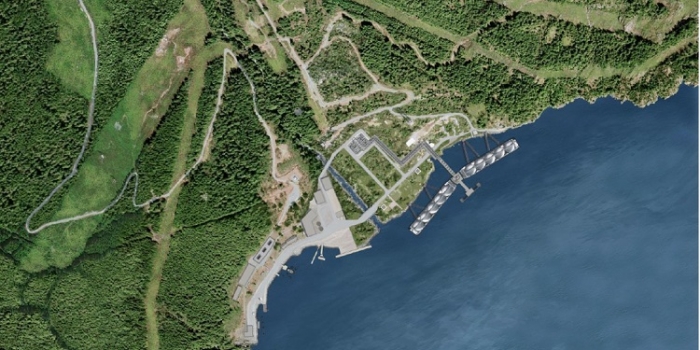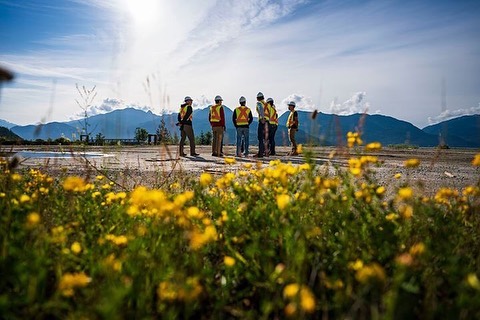The Town of Kerinci
The town of Pangkalan Kerinci, commonly known as Kerinci, is part of Pelalawan – a regency of the Riau Province; the economic hub of the island of Sumatra and one...

Latest updates on what's happening in RGE Group

Pacific Oil & Gas (PO&G) is an independent energy resources development company focused on helping meet the increasing energy requirements of growing Asian economies. Formed in 2003, it invests, develops, builds, owns, and operates innovative projects throughout the energy supply chain. In this series ‘Aiding Asia’s Clean Energy Transition’, we take a peek at one proposed project in Canada.
The Woodfibre LNG project (WLNG) is a proposed liquefied natural gas export project near Vancouver, Canada. Once built, Woodfibre LNG will export 2.1 million tonnes of LNG per year to customers in Asia.
With three environmental approvals, a 40-year export license, a foundational offtake agreement, stable gas supply, and a permit to build, WLNG is now preparing to begin construction in Q3 2021.
WLNG is unique in that it has committed to 100% hydro-electric power. LNG export facilities are like large refrigerators, and require energy to run equipment that cools the gas to 162 degrees Celsius. Most LNG export facilities today are powered using some of the natural gas they have brought into the facility for cooling. However, the WLNG site has access to electricity supplied by British Columbia’s public power provider. B.C. By using this renewable energy source, WLNG will be the lowest-emission LNG export facility in the world.

Image courtesy of Woodfibre LNG’s Instagram channel.
Natural gas will be transported by pipeline from natural gas fields in northern British Columbia to the WLNG facility, which is sited at a deep water port. There, the gas is cooled to -162 degrees Celsius at which point it becomes a liquid and is stored in specially designed insulated tanks to keep it cold until it is ready to be shipped.
Liquefying reduces the volume of natural gas by more than 600 times – similar to reducing the volume of a beach ball to the volume of a ping-pong ball. Liquefied natural gas can then be shipped by carriers to countries that are looking to reduce their emissions by switching from coal to natural gas.
From the LNG plant, liquefied natural gas is pumped through a pipeline system into double-hulled LNG carriers. These carriers are designed to act like a thermos, keeping the LNG cold and minimizing LNG evaporation during its voyage.
Natural gas for the Woodfibre LNG facility will be sourced primarily from the Montney reservoir in northeastern British Columbia. From there it will be transported through T-South, an existing pipeline, southwest to Vancouver. Approximately 47 kilometres of new 24 inch pipeline will be laid down to connect the plant.
Did you know? Liquefied Natural Gas has been safely shipped around the world for over 60 years without a single loss of containment.
As a modestly-sized LNG project, Woodfibre anticipates there will be one LNG carrier calling at the terminal every 10 days (approximately 2-3 per month).
LNG carriers are double hulled ships specifically designed to handle liquefied natural gas at its -162ºC temperature. To protect against accidents, there is more than six feet of space between the inner and outer hulls and the cargo tanks. LNG carriers are also equipped with state of the art radar, leak detection and emergency shutdown technology, to ensure safety and security. LNG is shipped and stored at near atmospheric pressure. LNG is not corrosive nor toxic. When it’s not kept at -160 degrees Celsius, it turns into a gas again. LNG does not mix with water or soil. If released, it dissipates into the air.
When an LNG carrier reaches its destination, the LNG is pumped into insulated onshore tanks. When needed, LNG is warmed to convert it into a gaseous state and delivered by pipeline to residential, commercial and industrial customers.
A 2015 video addressing safety with LNG.
Follow Woodfibre LNG:
Related articles: